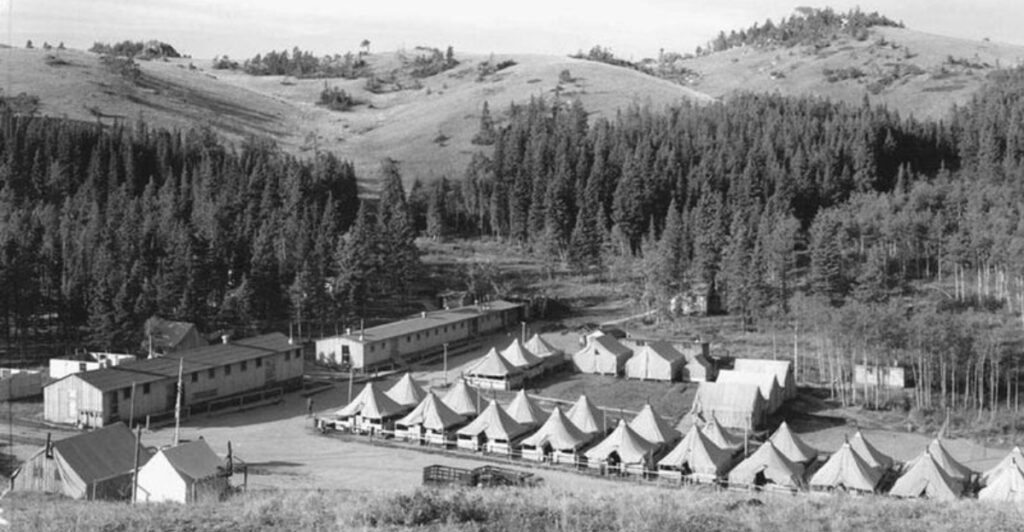Many campgrounds cherished by the Baby Boomer generation have vanished or transformed due to economic pressures, changing recreational preferences, and environmental challenges. These sites, once vibrant with family memories and outdoor adventures, now exist only in the nostalgic tales of those who experienced them. Let’s explore 13 such campgrounds that older generations fondly recall, but are no longer the bustling hubs of activity they once were.
1. Bear Brook Campground, Acadia National Park (Maine)
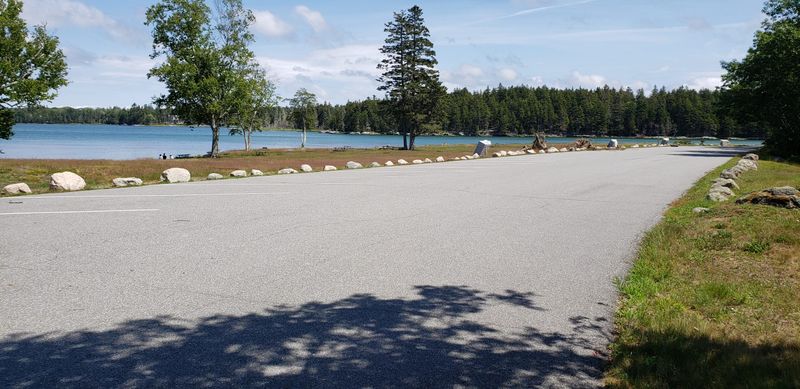
Who remembers the anticipation of camping at Bear Brook in the heart of Acadia? Planned in the 1920s as the park’s first public campground, it became a picnic-only area. Older generations recall nearby camping adventures, while Bear Brook itself never offered overnight stays. It remains a memory of what could have been, whispering tales of unfulfilled promises in the woods.
A place designed for gathering but never quite reaching its potential, it stands as a relic of early park dreams. Nostalgia fills the air where campers once imagined pitching tents.
Though it never fully came to life, Bear Brook is etched in the memories of those who camped nearby, offering a glimpse of yesteryears.
2. Crystal Lake Campground, Angeles National Forest (California)

Imagine a time when Crystal Lake bustled with campers, boats, and laughter. Once a full-service site with campsites and cabins, it met its demise through catastrophic floods and fires in the 1970s. Now, it stands as a day-use memorial, echoing the joy of past summer days.
The memories of dining, boat rentals, and serene nights under the stars linger in the minds of boomers.
Today, only the whispers of water and wind remain, reminding visitors of the vibrant community that once thrived here. Crystal Lake’s story is one of nature’s reclaiming, while older generations remember the resort it once was.
3. Camp Growden / Lake Sherman Campground (Washington)

Step back to a time when Camp Growden was more than just nature’s embrace. Originally a CCC camp, it transformed into a beloved national forest campground.
By mid-20th century, the dam and lake vanished, erasing camping memories. Forest roads now weave through this reclaimed area, a silent witness to its vibrant past.
Boomers recall weekends of outdoor bliss, now inaccessible. The land speaks of change and nature’s resilience, a history imprinted in the trees and trails. Despite being reclaimed by nature, it continues to hold a special place in the hearts of those who once camped under its towering trees.
4. John’s Modern Cabins / Camp-style tourist court (Missouri)

Picture a time when John’s Modern Cabins beckoned travelers along Route 66. Though not a traditional campground, these cabins operated like one, offering a rustic rest stop from 1931 to about 1967.
With the arrival of the interstate, it became a ghost site, a silent testament to the changing pace of travel.
For boomers, it’s a reminder of road trips and simpler times, now overgrown and forgotten. The cabins once hosted stories of weary travelers, now they stand as relics on a road less traveled, whispering of the bustling highway they once served.
5. Camp Aliquippa / Roaring Run Scout Camp (Pennsylvania)
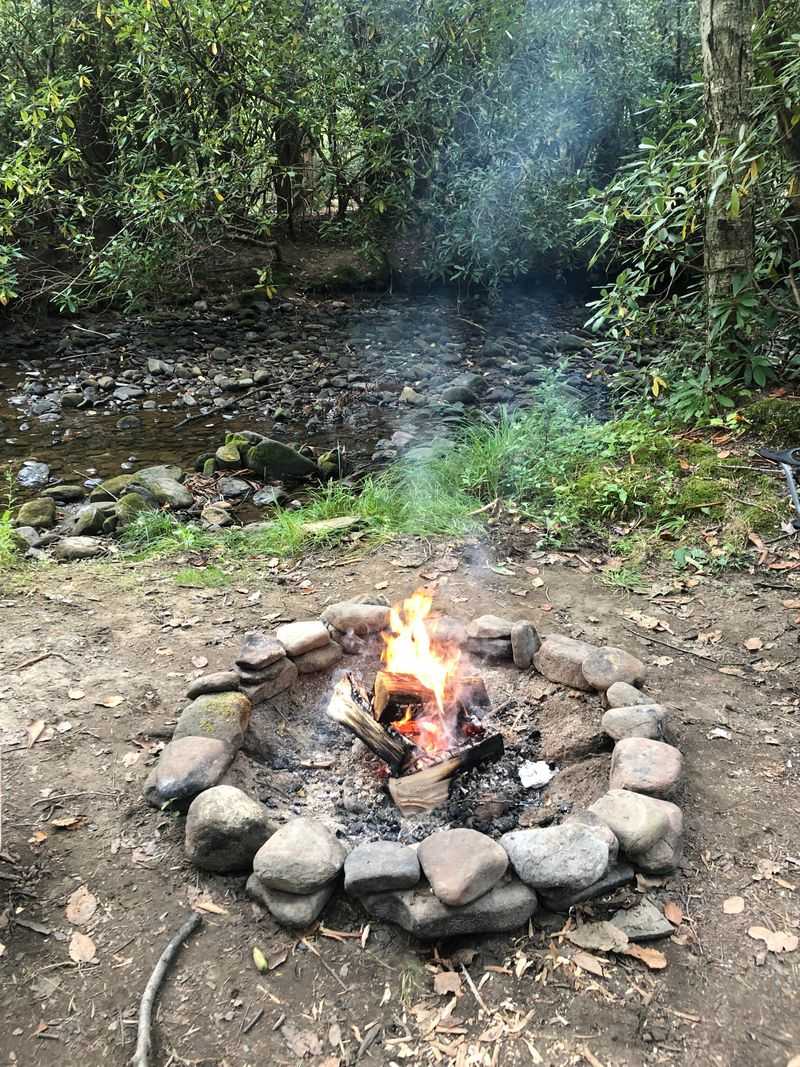
Imagine the laughter of Boy Scouts echoing through Camp Aliquippa, a place of adventure and learning. Dating back to the 1920s, it evolved into a private recreational RV resort over the years.
As a public campground, it no longer exists under its original name and format, but its legacy lives on.
For boomers, it’s a symbol of youthful exploration and camaraderie, now transformed but not forgotten. The riverbank where scouts once gathered continues to flow, carrying memories along its course, a testament to the enduring spirit of this historic site.
6. Yosemite Valley Backpackers Campground (California)
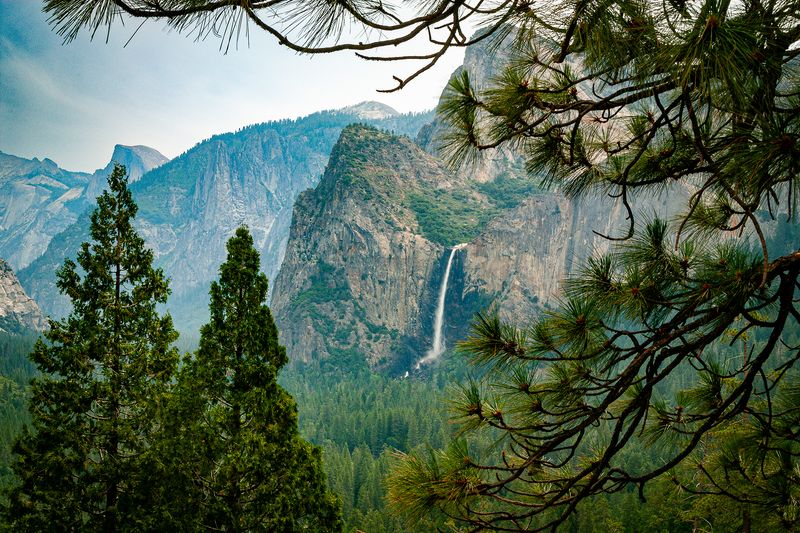
Remember the thrill of preparing for a trail trip at Yosemite Valley Backpackers Campground? A favorite among serious hikers, it abruptly closed in April 2025, leaving a void in the adventurous hearts of many.
Boomers reminisce about the convenience and camaraderie found there, a haven now lost to future hikers.
The trails remain, but the sense of community has shifted, echoing the sentiment that nothing is permanent. Yosemite’s cliffs silently watch over the valley, holding tales of hikers who once called it a temporary home, a place of preparation and dreams.
7. White Wolf and Tuolumne Meadows Campgrounds (Yosemite)
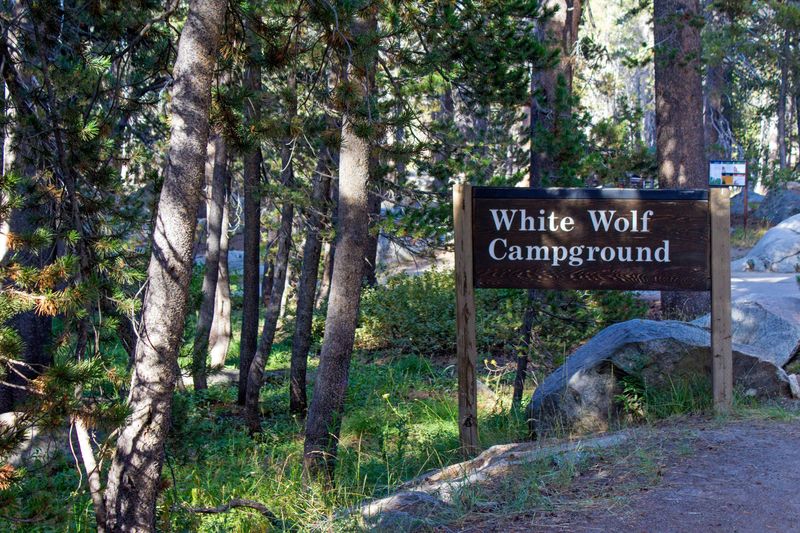
Picture the bustling campsites of White Wolf and Tuolumne Meadows, once the heart of Yosemite’s camping loops. Closed in 2025, Tuolumne Meadows may see a future reopening, but White Wolf’s fate remains uncertain.
For boomers, these spots were the backdrop of countless adventures and family memories.
The iconic landscape continues to inspire visitors, but the absence of these campgrounds changes the experience. The meadows still bloom, and the sequoias stand tall, whispering the stories of campers who once nestled beneath their branches. A piece of Yosemite’s charm, now a memory held dear by those who knew it well.
8. Ryan Park CCC Camp (Wyoming)
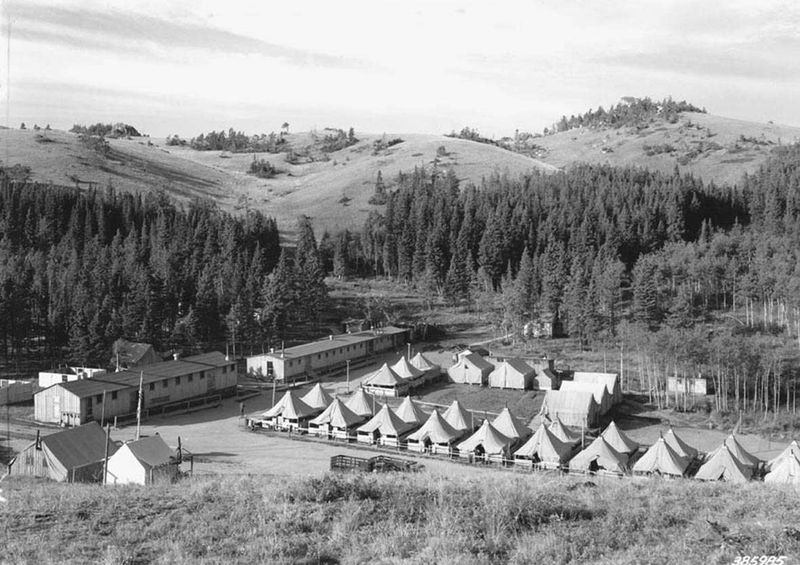
Ryan Park whispers stories of transformation, from a recreational CCC camp to a WWII POW site. Established in 1930, it closed in 1939, leaving behind only a day-use area and a historical marker.
For those who remember, it’s a place of historical significance and personal reflection.
Boomers who visited as children recall tales of its varied past, while today’s visitors find only echoes of its rich history. The absence of campgrounds speaks louder than words, reminding us of the impermanence of human endeavors in nature’s embrace.
9. Corps-Operated Susquehannock, Seven Points & Nancy’s Boat-to-Shore Campgrounds (Pennsylvania)

Envision the serene lakeside settings of Susquehannock, Seven Points, and Nancy’s Boat-to-Shore Campgrounds. Operated by the Army Corps, they were once routinely booked and bustling with life.
In 2025, indefinite closures left old-timer campers reminiscing about the summers spent by the water.
Staffing shortages marked the end of an era, turning these sites into quiet reflections of the past. The lakes still shimmer, but the sounds of campfires and laughter have faded. These campgrounds hold a special place in the hearts of those who knew their charm, now existing only in memories and stories shared around new fires.
10. Numerous Closed National Forest Campgrounds (Yellowstone region)
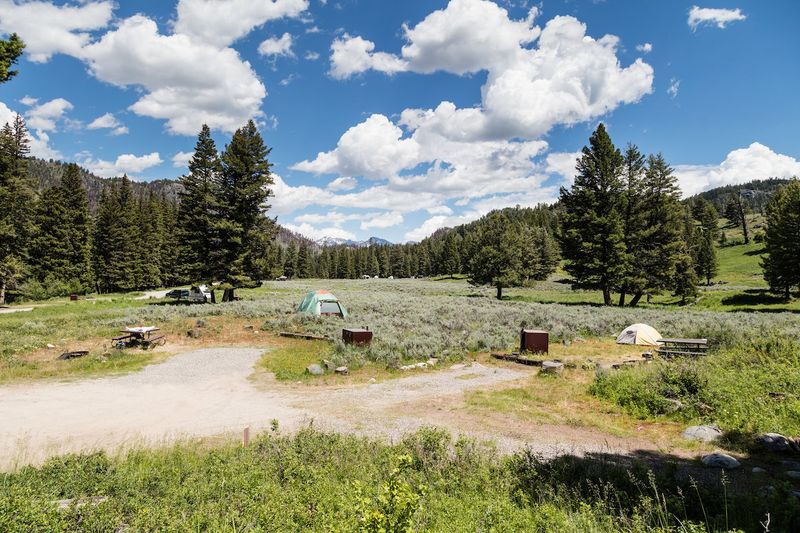
In the Yellowstone region, the concept of “closed yet open” prevails. Many national forest campgrounds ceased official operations due to underfunding, leaving a landscape of boondocking opportunities.
Boomers remember the presence of rangers, food services, and amenities that once defined these campgrounds.
Today, they stand as unmanaged wilderness, a canvas for new adventures but lacking the structure of the past. The forest reclaims its domain, while the spirit of exploration continues. It’s a testament to changing times and the resilience of nature, waiting to be rediscovered by those who seek it out.
11. Private Auto-Campgrounds around Bar Harbor / Acadia (Maine)
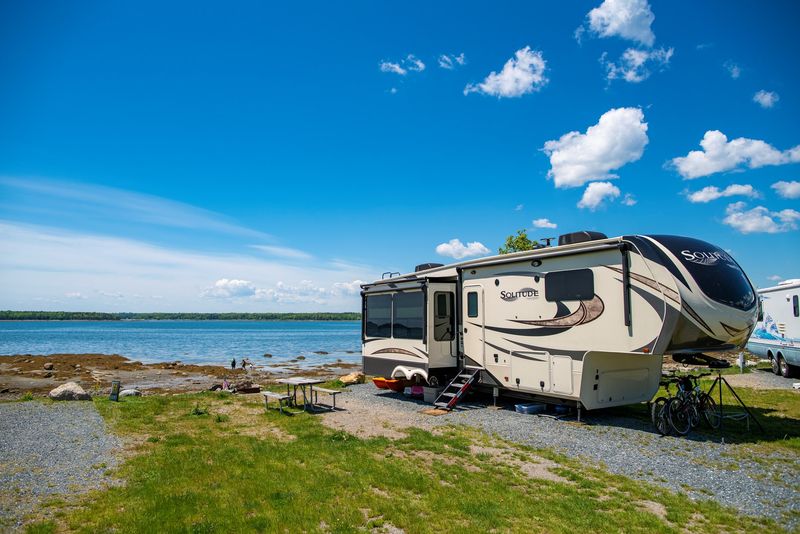
Travel back to when private auto-campgrounds dotted the landscape around Bar Harbor and Acadia. Mid-century saw these sites thriving, offering respite to road-weary travelers.
With time, some were built over by hotels, others faded into history. Bear Brook was one among many.
Boomers recall the charm of roadside camping, a tradition that gave way to modernization. The coastlines remain, whispering tales of travelers who once stopped to rest and enjoy the view. These campgrounds are gone, but the stories linger, etched in the memories of those who experienced the era of the open road.
12. CCC-Era Camps in National Forests (across U.S.)
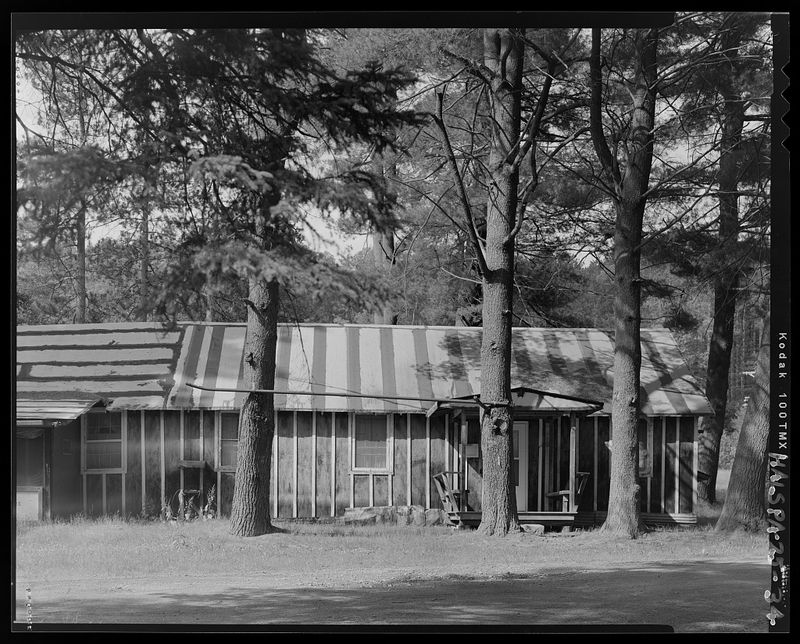
The legacy of CCC-era camps stretches across the U.S., where many became recreational campgrounds post-WWII. Built in the 1930s, these sites were eventually dismantled, leaving behind stories of labor and leisure.
For boomers, they symbolize a bygone era of national pride and communal effort.
Today, the forests have reclaimed these areas, nature’s resilience evident in every leaf and branch. The echoes of campfires and camaraderie remain, a testament to the enduring impact of the CCC. These camps, once vibrant with activity, now serve as historical markers of a different time, inviting reflection and appreciation.
13. Historic Route 66 Camp-style Courts and Campgrounds
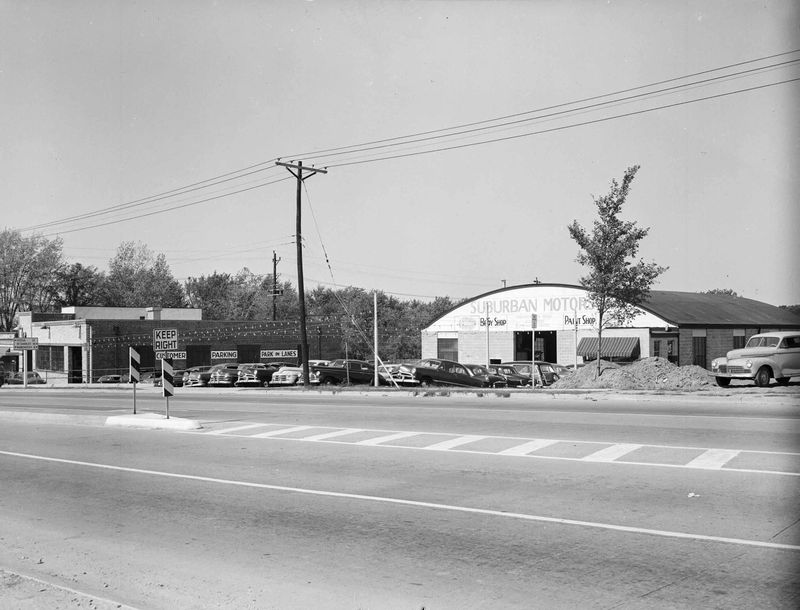
Route 66, a symbol of freedom and exploration, once hosted a variety of camp-style courts and campgrounds. These sites were havens for travelers, offering respite along the long road.
With the advent of interstates, many vanished, leaving only memories and old maps as guides.
John’s Modern Cabins is one such example, now a ghostly reminder of a vibrant past. For boomers, Route 66 represents the spirit of the road trip, a journey through history that remains alive in stories and songs. The road still beckons, offering a glimpse into the past for those willing to follow its winding path.

